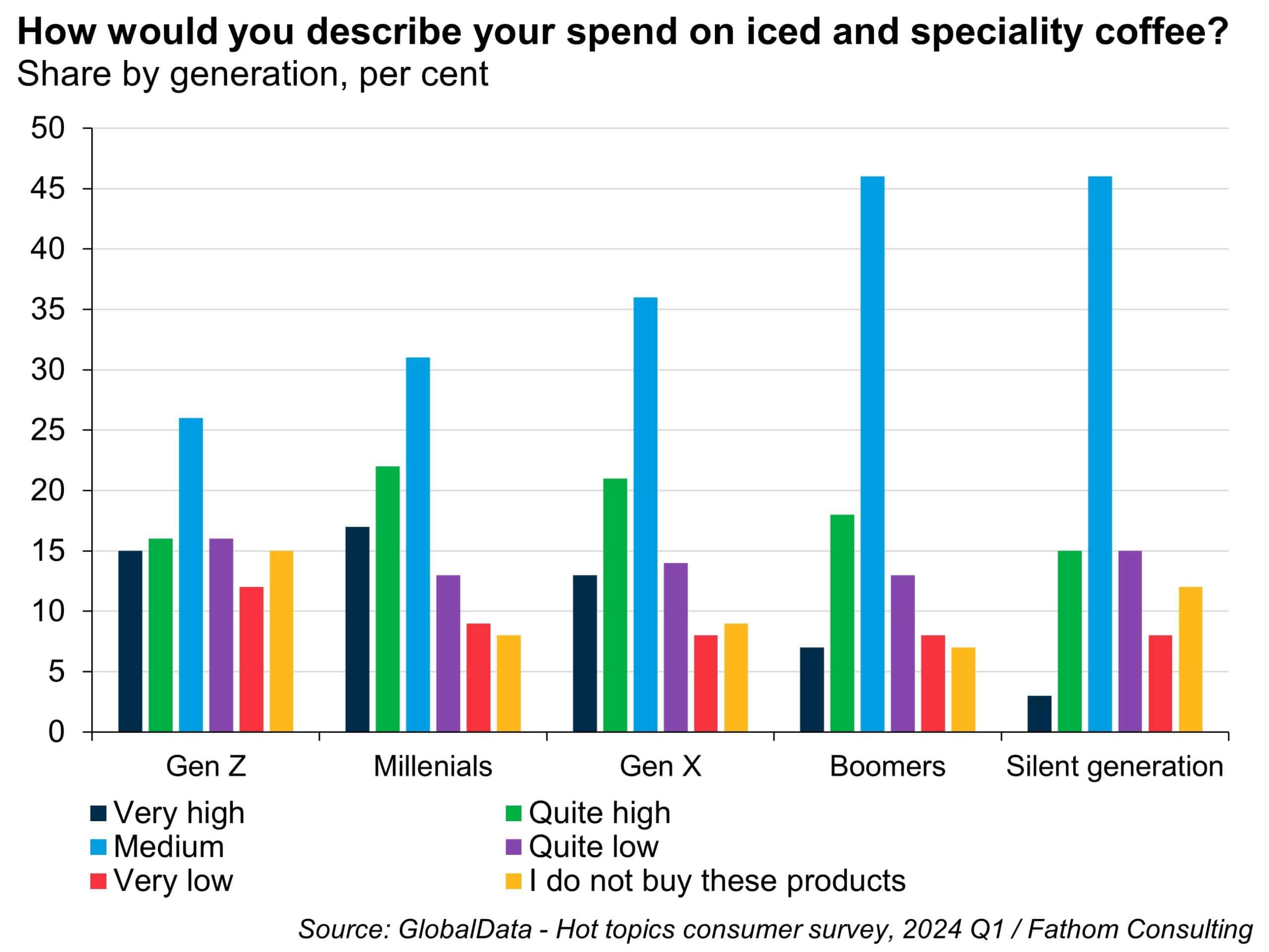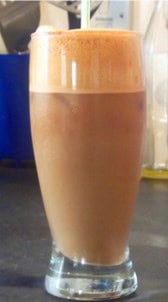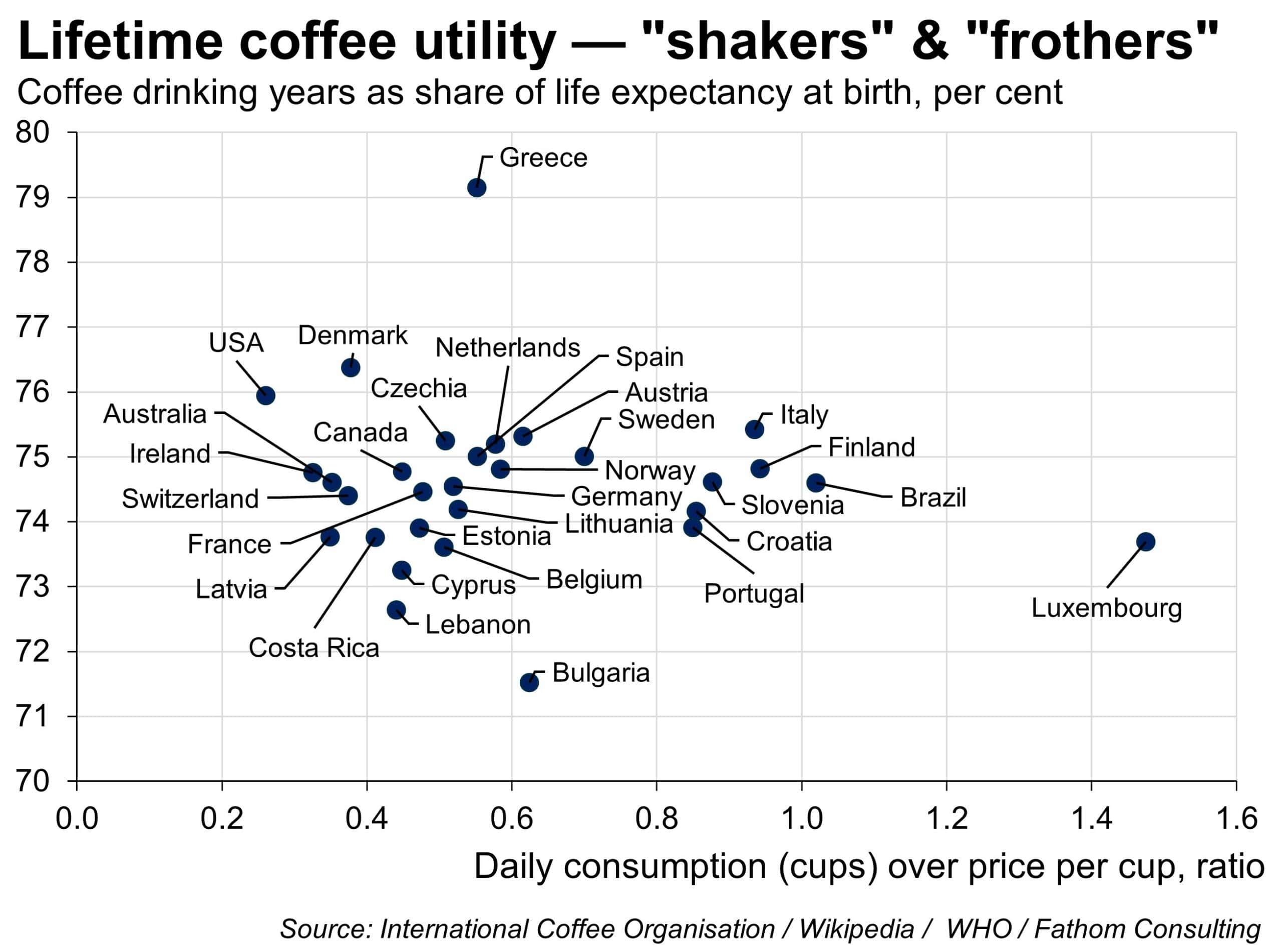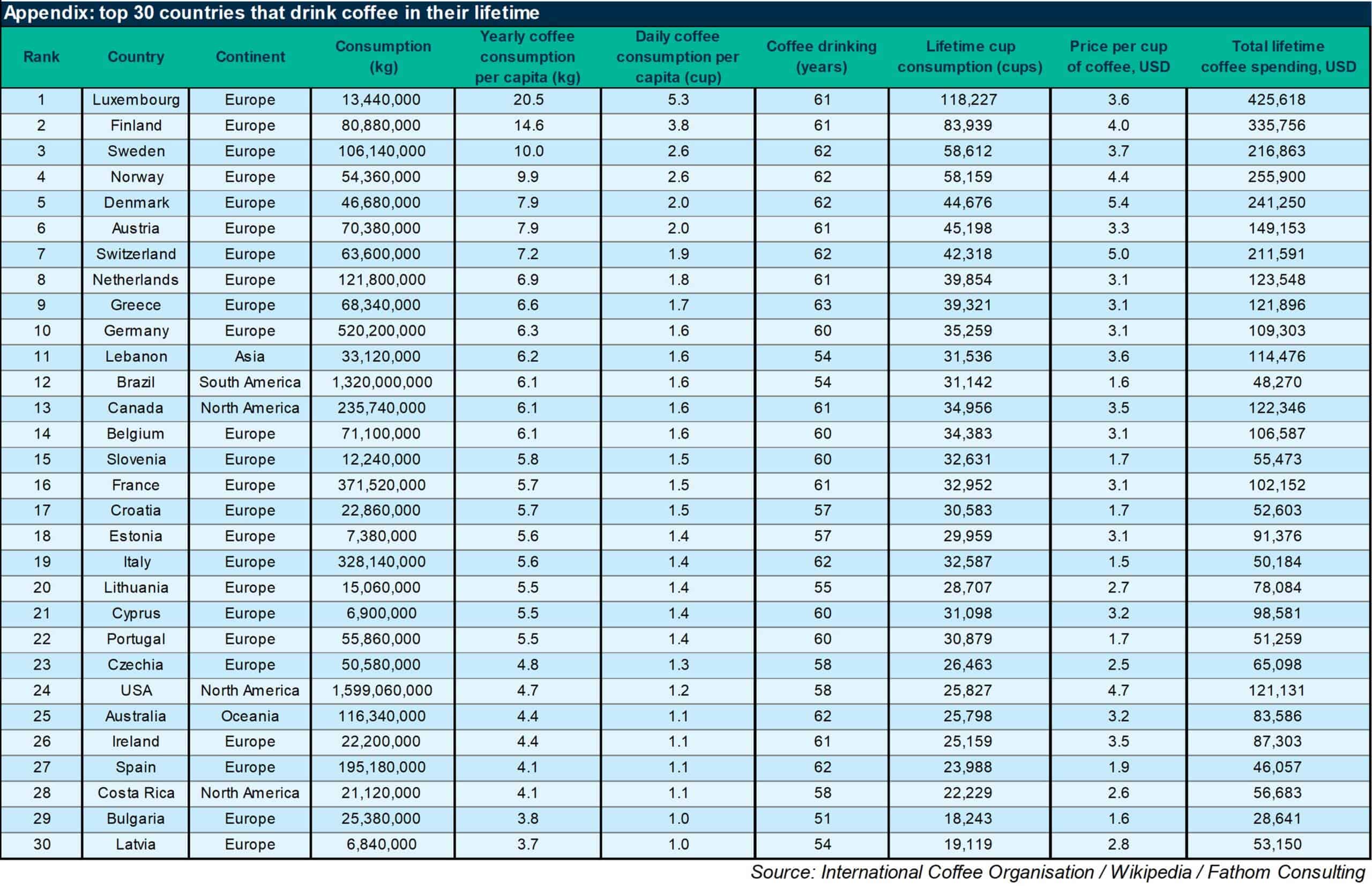A sideways look at economics
Coffee drinking is taking over the world. Even in the UK, the home of ‘afternoon tea’, coffee is now the most popular drink. That would make someone like me, who considers coffee an indulgence as much as a means to remain alert, happy. But I am not. Coffee can be served both in hot and cold variants, and in a world where temperatures are rising the latter are not pulling their weight. Far from it, new iced-coffee variants increasingly use more resources than just coffee beans when being made and consume more energy during production. I am writing this blog in the hope that coffee enthusiasts are inspired to try an old and well-tested recipe for iced coffee. Hopefully, enough demand and interest might be created so that London’s fancy shops notice and offer good coffee for hot weather made quickly and efficiently.
Coffee has become deeply ingrained in the culture and daily routine of consumers. This can be seen with an ever-increasing number of new coffee shops, the ongoing growth of coffee shop chains, as well as an increase in the number of coffee machines being purchased. It can also be seen with new types of coffee products hitting the market with regularity. Iced and speciality coffee drinks have emerged as a beverage trend, with interest and demand for iced coffee primarily driven by Millennials and Generation Z. This cohort has a preference towards ‘on-the-go’ beverages with added functional benefits, such as an instant caffeine boost to help them through their daily routine. According to GlobalData, 39% of Millennials and 31% of Generation Z described their spend on the iced and speciality coffee as “very high/quite high”, compared to older Boomers and the Silent Generation at 25% and 18% respectively. Younger consumers today love products that promise endless customisation and combination options, and that perhaps helps explain the rise in the popularity of iced coffee over, for example, a traditional cuppa.

I am all up for diversity in consumption choices but, when it comes to iced coffee, it seems that it serves as an excuse for coffee chains and shops to serve monstrosities like iced Americano or cold brew and coffee frappes. I had enough of those trying to quench my thirst in the (few this year) hot summer UK days and I reached the end of my tether. The former taste like standing rainwater (I was tempted to use a different description, but etiquette prevailed) no matter who was making it, while the latter are really iced desserts (with the calories and all) and rarely coffee, per se. My hard-reached conclusion is that the best, and as it happens most value-for-money and time efficient option, is the humble Greek frappé. Those who know it or recall the taste, are probably tempted to have one as they read this. For the rest, let me introduce you to it – you can thank me when you next make and try one, enjoy.

Pic: a proper iced-coffee frappé
Greek frappé, at its simplest, is Nescafé, chilled water and (usually) sugar, shaken or frothed and served cold in a long glass with ice cubes and a straw. You can also add milk, and you can have it without sugar, medium sweet or sweet. It was first created in 1957 at the Thessaloniki International Fair, when a Nestle Nescafé representative, unable to find boiling water to make a coffee, snatched a shaker meant to make a children’s chocolate drink, popped his instant coffee in instead, and produced what would eventually become the frappé. Nestle ultimately wrapped its corporate hands around the drink, and by the ’80s and all of the ‘90s it was promoting the frappé in its TV commercial spots. The frappé became popular across Greece, found in just about every café, taverna and kiosk, and it has come to embody the Greek way of life: relax, take things slowly and enjoy where you are.
For a true frappé you need Nescafé Classic[1] but, if you can’t find that in the UK too easily, you could use Nescafé Original.[2] To make one, add approximately two teaspoons of instant coffee and three to four tablespoons of cold water to a tall glass. If desired, add a spoonful of sugar to make it medium sweet, or two to three to make it sweet. Then, use a milk frother to whip until thick, foamy and light brown. Subsequently, fill a tall glass halfway with ice. Finally, slowly top up with the cold mix until the drink reaches the top of the glass. You can also add a splash of milk (evaporated or fresh) if you’d like. If you don’t have a milk frother, never fear! You can also shake the instant coffee and water in a cocktail shaker or closed jar until foamy, and then pour the mixture over the ice in the tall glass.
‘Why?’, you may ask. Believe a Greek when he suggests that the best option with iced coffee is a Greek frappé. True, there is a bias there, but I would try my best evidence-based chance of convincing you. Greeks seem to be able to drink coffee for 79% of their life while managing to yield 55% cup consumption per $1 spend (the 14th best coffee cup consumption yield).[3] This is due to the high propensity of drinking this concoction, which is knocked out in second, does not cost a lot, can be made everywhere, anywhere by anyone and at anytime, at leisure. If you consider iced coffee an indulgence and not only a necessity, and thus would rather enjoy it for the larger part of your adult life at reasonable prices, then you should most definitely acquaint yourself with the Greek frappé.[4] You would also, really, need a table outside a seafront café on a sunny day, a backgammon board and three to five hours to potter away; but you can’t have everything in this life.


[1] There’s a scientific reason why you need spray-dried instant coffee to make a frappé — it has something to do with the density of proteins created in the process. These proteins act as a foaming agent during the initial phase of mixing, thereby producing a foam with something of the texture of the head on a pint of well-poured stout.
[2] There is a difference, but to notice it you need to have been training your tasting buds with Classic for a decade.
[3] The data behind that estimation is available in the appendix.
[4] If, on the other hand, you prefer to binge-drink coffee that looks to be top as ‘best value for money’, whatever they do in Luxembourg could be an option for you.
More from this author